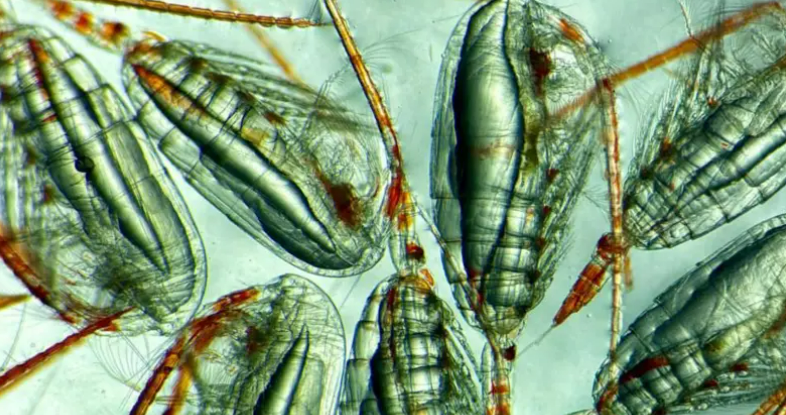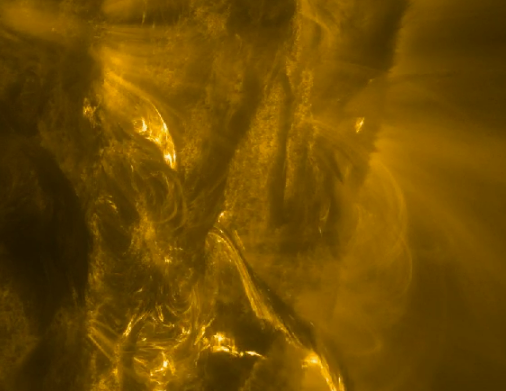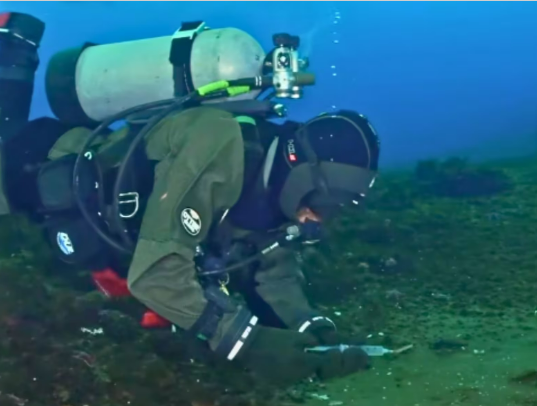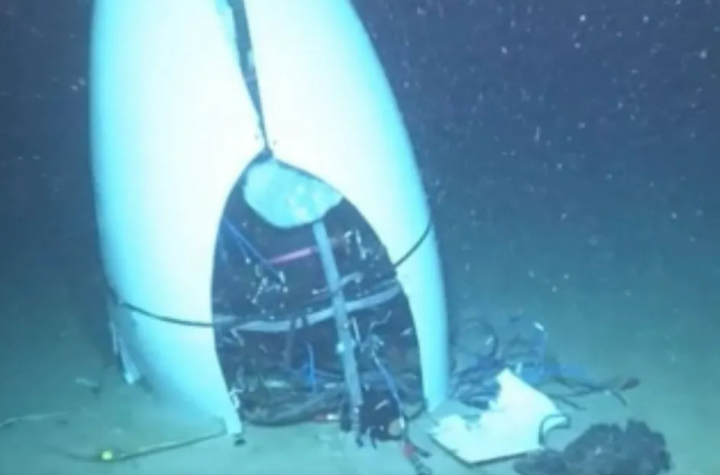They’re nearly invisible to the naked eye, little known to the public, and usually regarded only as fish food for aquariums. Yet, these tiny creatures — known as zooplankton — play a crucial role in protecting our planet from global warming.

A recent study revealed that these organisms undertake an impressive vertical migration in the frigid waters of the Antarctic Ocean. During the spring, they feed heavily near the surface, storing fat. Then, they dive to great depths, where they remain for extended periods, burning that fat — a process that captures and locks away atmospheric carbon.
This silent and cyclical journey is more powerful than previously thought: it’s estimated that the amount of carbon removed by these tiny beings is equivalent to the emissions produced by approximately 55 million gasoline-powered cars each year.
The findings surprised even the researchers. According to Guang Yang, lead author of the study and a researcher at the Chinese Academy of Sciences, the results are astonishing and challenge current estimates of how much carbon the Antarctic Ocean can absorb. Jennifer Freer, co-author of the study from the British Antarctic Survey, calls these organisms “invisible heroes” with a fascinating and vital life cycle.
Despite their essential role, zooplankton remain largely overlooked, especially when compared to iconic polar animals like whales and penguins. Species such as copepods — distant relatives of crabs and lobsters — range from 1 to 10 millimeters in length and spend much of their lives resting in deep waters, between 500 meters and 2 kilometers below the surface.
As science continues to uncover the ecological importance of these tiny creatures, concerns grow about the threats they face — including climate change, ocean acidification, and human exploitation.
If there’s one key takeaway, it’s that even the ocean’s smallest residents can be giants in the mission to protect our planet.





More
Solar Superstorm: What Would Happen if the Sun Shut Down Earth’s Technology?
Scientists Discover New Methane Leaks Beneath the Antarctic Ocean
Report Reveals Structural Failures in the Titan Submersible Before the Tragedy